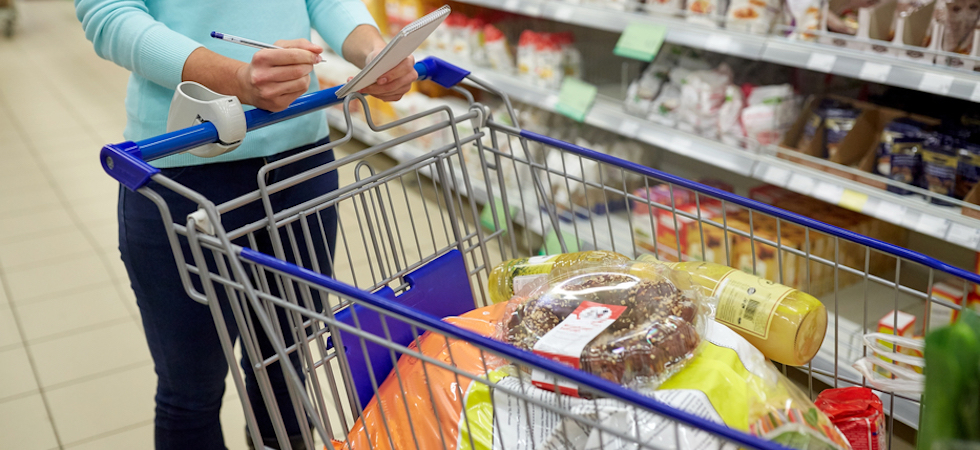According to the UN Food and Agriculture Organisation (FAO), global food prices have reached the highest level in over a decade after rising by more than 30% between October 2020 and 2021.
The UN reported that several factors – including high commodity prices, factory closures, disruptions to supplies and political tension – were responsible for the increase in prices.
According to the Agriculture and Horticulture Development Board (AHDB), the latest increase to global prices was primarily led by strengthening in the world prices of vegetable oils and cereals. The FAO’s latest Food Price Index for October indicates an increase in its international price index, up 3% on the previous month.
FAO’s Meat Price Index in October was down by nearly 1% on September. Even though pig meat production is grain-intensive, international quotations for pig meat fell, principally underpinned by reduced purchases from China.
The Index also indicated that beef and veal prices fell. According to AHDB, this decrease reflects a sharp decline in quotations for supplies from Brazil amid market uncertainly over the trading implications of BSE concerns.
There were price rises for poultry and sheep meat. These increases, however, were not enough to counteract the fall for the other meats.
The FAO’s Cereal Price Index was up 3% from September and was 22% above its level one year ago. AHDB reported that international prices of all major cereals increased month-on-month. The FAO Vegetable Oil Price Index was up by nearly 10% month-on-month, marking an all-time high.









